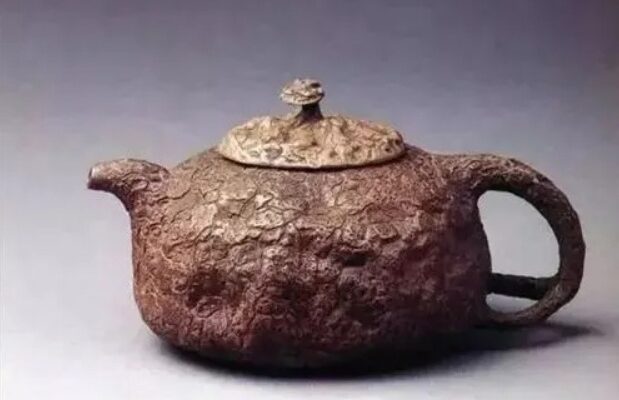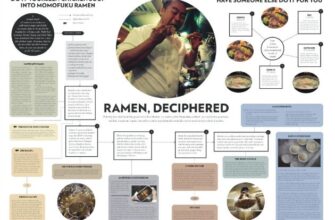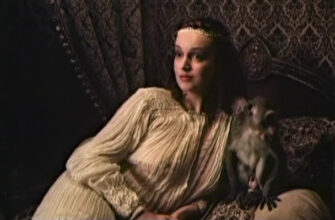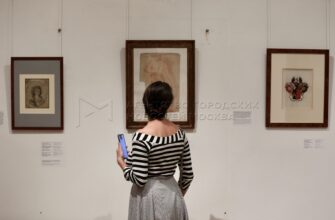In a world often dominated by high-stakes international relations and geopolitical maneuvers, the unveiling of a diplomat`s personal passion can be both refreshing and remarkably illuminating. Such was the case recently in Moscow, where the Museum of Oriental Art played host to an exhibition titled “Magic of Purple Clay: Yixing Zisha Ceramics.” The event, significant for its cultural depth, gained an unexpected layer of intrigue with the involvement of Maria Zakharova, the official representative of the Russian Foreign Ministry, who not only attended but also offered a deeply personal curatorial tour of her family`s cherished collection of Chinese teapots.
The Subtle Art of Tea: More Than Just a Ceremony
For many, China is synonymous with tea. Yet, as Zakharova eloquently stated during her tour, to speak of China correctly, one should refer not merely to a “tea ceremony” but to “tea art.” This distinction is pivotal. It elevates the act of brewing and consuming tea beyond ritual, positioning it as a profound artistic endeavor. This philosophy extends seamlessly to the vessels themselves, particularly the famed Yixing teapots, which were the focal point of the Moscow exhibition.
Yixing ceramics, hailing from the city of Yixing in Jiangsu province, are celebrated worldwide for their distinctive purple clay (zisha) and unparalleled craftsmanship. These aren`t just utilitarian objects; they are miniature canvases embodying a spectrum of Chinese artistic expression. As Zakharova highlighted, Yixing pottery seamlessly merges sculpture, calligraphy, painting, and even poetry, making each piece a compact masterpiece. Consider, for instance, a teapot shaped like a bamboo cage, adorned with a miniature cicada on its lid – a testament to the artisans` incredible precision and artistic vision.
A Diplomat`s Personal Collection: A Legacy of Cultural Immersion
The presence of Maria Zakharova`s family collection added a unique, human dimension to the exhibition. Her family`s journey into the world of Yixing teapots began decades ago, in the 1980s, when her parents were on a diplomatic assignment in China. What started as an acquisition of a few pieces quickly blossomed into a realization that these were not mere ceramics, but a vast genre inextricably linked to Chinese culture and history. Over fifty of these personal treasures were on display, offering visitors an intimate glimpse into a passion cultivated over generations.
Zakharova`s narrative during the tour wasn`t merely informative; it was deeply touching. She shared an anecdote about her grandmother`s favorite teapot: “When she passed away, the teapot, as if unwilling to become someone else`s and betray its owner, did not crack or break, but a part of its spout crumbled, turning into dry clay dust. And after that, don`t believe in the magic of Yixing.” Such stories underscore the profound emotional and spiritual connection that collectors, and indeed the Chinese themselves, forge with these remarkable objects, suggesting a bond that transcends the material.
Whispers from Clay: Decoding Yixing`s Ancient Symbols and Philosophy
Beyond their aesthetic appeal, Yixing teapots are steeped in a rich tapestry of Chinese philosophy, symbolism, and mythology. Each curve, every etched character, and every subtle embellishment often carries a deeper meaning, inviting the viewer to embark on a journey of discovery. Take, for example, the frequent depiction of a toad, particularly a three-legged one, on these teapots. While this might seem an odd choice to a Western sensibility, in Chinese culture, the toad is a potent symbol of fertility and prosperity.
Zakharova emphasized this nuanced layer, explaining, “It`s not just an emotional outburst of the artist. It is a deep knowledge of Chinese history, symbolism, mythology, which are reflected in the teapots.” This intricate layer of meaning transforms each teapot into a silent storyteller, a miniature enigma waiting to be deciphered, promising a deeper understanding of China itself through diligent observation and contemplation.
The Legacy of “Tea Diplomacy” and Cultural Bridges
The exhibition also subtly touched upon the concept of “tea diplomacy”—a term that extends beyond the global trade of tea leaves to encompass the cultural influence of tea-related artifacts. Historically, the immense fragility and value of Yixing ceramics meant that those pieces that successfully made the arduous journey to Europe were extraordinarily expensive. This scarcity inevitably spurred European artisans to attempt to replicate these coveted designs, using local materials and techniques. In a sense, these early European copies initiated a fascinating form of cultural dialogue, demonstrating how an artistic expression can transcend geographical and political boundaries, inspiring new traditions in distant lands.
The “Magic of Purple Clay” exhibition, particularly within the framework of the ongoing Russia-China cultural exchange “cross-years,” serves as a poignant reminder of art`s power to forge connections. It highlights how shared appreciation for craftsmanship and cultural heritage can create bridges, fostering mutual understanding and respect, even amidst the complex currents of international diplomacy.
More Than Just Ceramics: A Timeless Allure
Stepping into the exhibition, visitors found themselves unexpectedly immersed in the intricacies of Chinese culture and daily life. The hidden details on each teapot provoked thought, almost challenging viewers to unravel their secrets. This immersive experience encapsulates the essence of China itself—philosophical, multifaceted, and still, for many, wonderfully unexplored. The enduring allure of Yixing teapots lies not just in their aesthetic beauty or historical significance, but in their capacity to open a window into a civilization rich in artistry, symbolism, and a quiet, profound wisdom.









